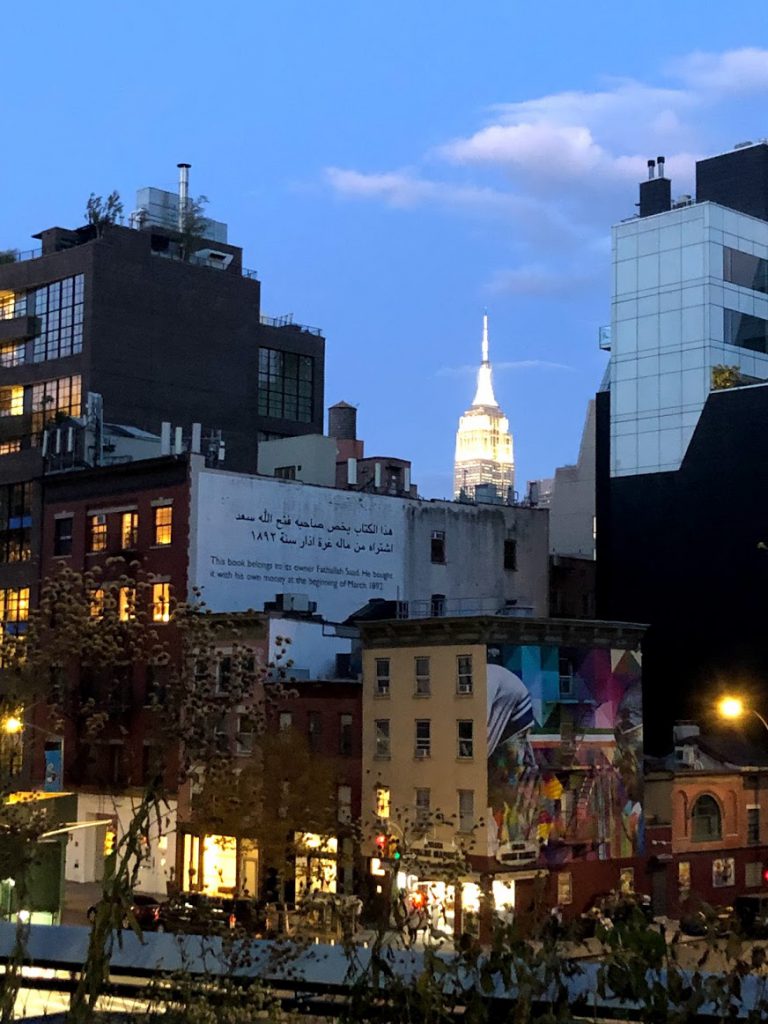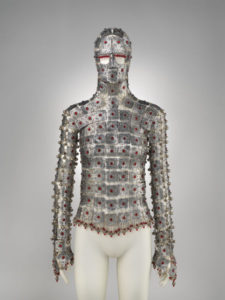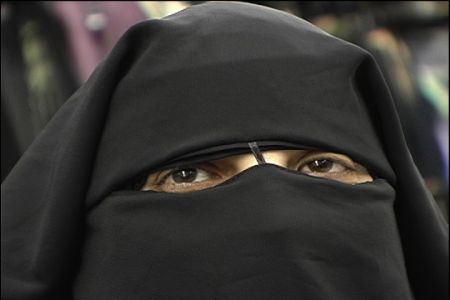
I took this photo while walking on The High Line last September. I started wondering what the Arabic sentence meant only when I looked at the photo recently reminiscing about the pleasure of walking in a crowded area. With the miracle of Internet, I was able to quickly find out that it was an installation by a Palestinian artist Emily Jacir.
ex libris commemorates the approximately thirty thousand books from Palestinian homes, libraries, and institutions that were looted by Israeli authorities in 1948.
Not knowing much about the Israeli-Palestinian politic, I can’t really comment on the political aspect of the work. However, it made me wonder if one of the thirty thousand books could be the book that is a foundation of modern computing that allowed me to write this post on a computer. The book “Rules of restoring and equating” is written by Muhammad ibn Musa al-Khwarizmi (c. 825) and the latinized word “algorithm” is derived from his name.
This is a little known fact that I learned when I was studying computer science (the field I chose after all my options ran out) as an undergraduate. This is probably a fact that most Americans are ignorant of even though nowadays everyone at least heard of the word “algorithm”. Of course, a popular image of the middle east is the land of savagery and war-mongering, not the enlightenment.
In The Western Lands (probably a perfect book to read during a quarantine), William S. Burroughs acknowledges this intellectual debt the world owes to the Islamic world by using the company his grandfather founded as an example:

Much like the legacy of the Islamic world is veiled by Yashmak and being forgotten by the rest of the world, the legacy of the Burroughs corporation and William S. Burroughs (a perfect example of xenogenesis) himself seems to be disappearing. The Burroughs corporation had invented adding machines (mechanical computers that are literally made out of steel and wood) in the 19th century and introduced a series of technical breakthroughs since then only to become a shadow of itself later. William S. Burroughs, who invented the cut-up technique, is now only given that dreadful title “a controversial gay writer”.


